Tax Credit Intel
The #1 R&D Tax Credit Comparison Site
Face it, gathering the data on the best firm sucks.
We believe that every breakthrough deserves its rewards. At TaxCreditIntel.com,
we take the guesswork out of choosing the right R&D tax credit firm, providing entrepreneurs with the insights they need to make informed decisions. Our dedicated team researches, reviews, and ranks top providers—so you don’t have to. With a streamlined process and a focus on compliance, transparency, and proven results, we help you maximize your tax credits and reinvest in what matters most: innovation and growth.
R&D Tax Credit Firm Comparisons by Market Segment
Small Business Segment
Medium Business Segment
Large Business Segment
Enterprise Business Segment
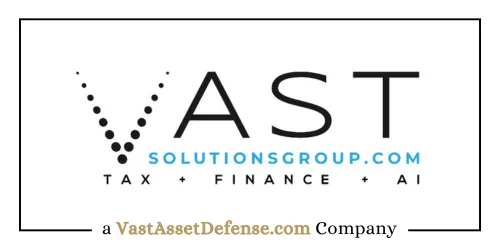
Minimum Revenue: None
Platform Type: Artificial Intelligence & Expert Hybrid
Processing Time: 2-3 Weeks
Pricing Model: Custom-Based
CPA Partnership: Yes
Audit Support: Full Audit-Defense
Best For: Small Businesses & Startups
Mobile Application: No
API Access: Yes
Average Review Rate: 4.3 / 5
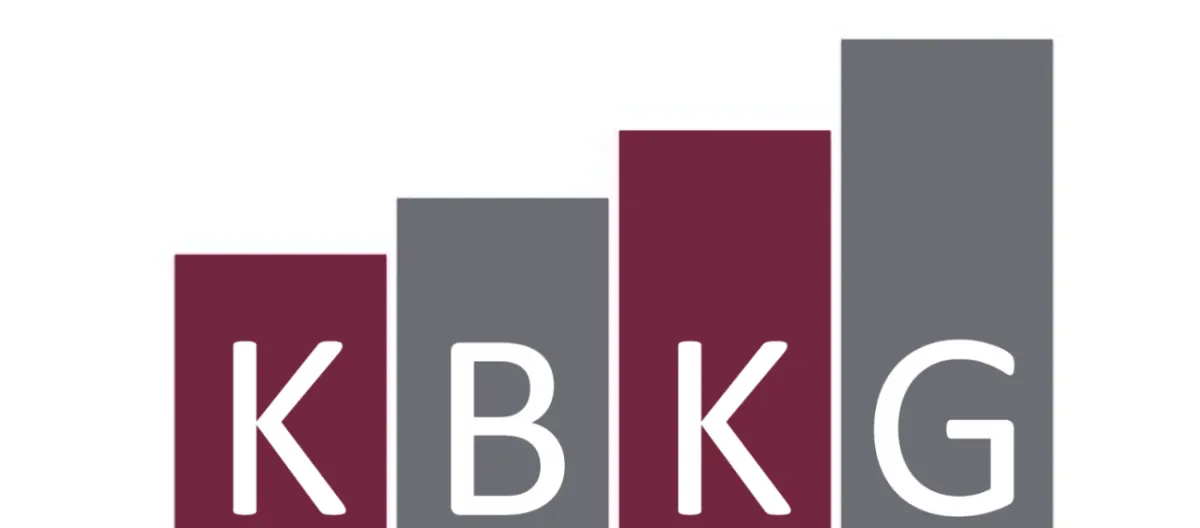
Minimum Revenue: $1,000,000
Platform Type: Hybrid
Average Study Time: 4-6 Weeks
Industry Focus: Manufacturing
Multi-State: Yes
Audit Defense: Full
Success Fee: Yes
Data Integration: Limited
Annual Updates: Yes
Average Review Rate: 4.6 / 5

Minimum Revenue: $20,000,000
Service Type: Full Service
Team Size: 10+
Study Timeline: 8-12 weeks
Documentation: Comprehensive
Multi-state: All States
International: Limited
Industry Teams: Yes
Pricing Model: Custom
Average Review Rate: 2.8 / 5
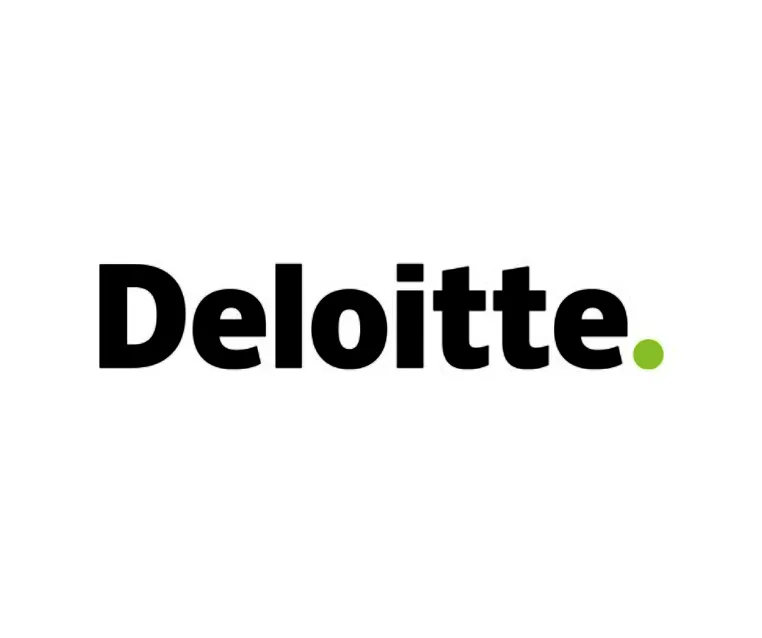
Minimum Revenue: $200,000,000
Global Coverage: Full
Team Structure: Multi-Team
Study Duration: 12-16 weeks
Documentation: Enterprise
Audit Support: Full Service
Integration: Full ERP
Pricing Model: Custom
Additional Services: Full Suite
Industry Teams: Global
Average Review Rate: 3.8 / 5
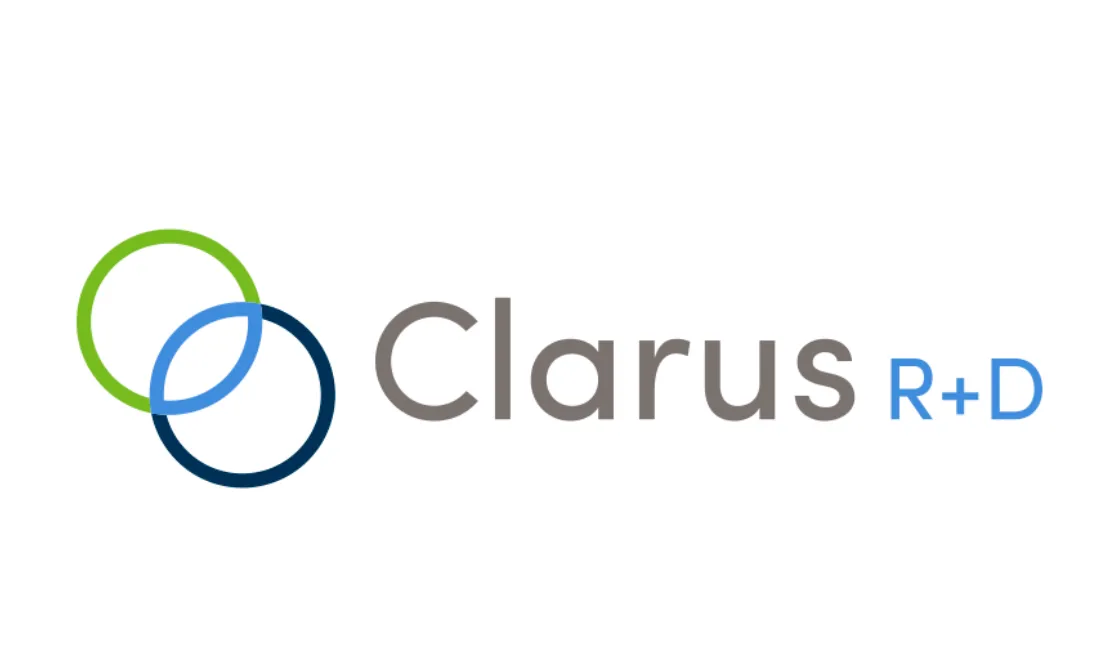
Minimum Revenue: None
Platform Type: Modern Web
Processing Time: 2-3 Weeks
Pricing Model: Percent of the edit
CPA Partnership: Yes
Audit Support: Additional Fee
Best For: Startups
Mobile Application: No
API Access: Yes
Average Review Rate: 4.3 / 5
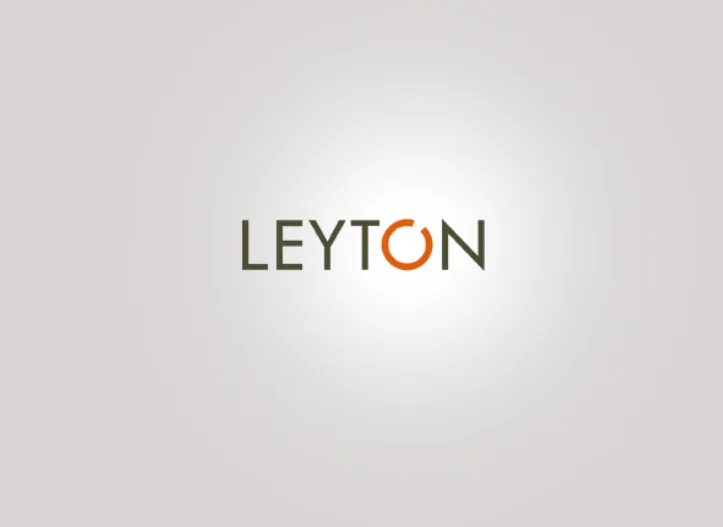
Minimum Revenue: $2,000,000
Platform Type: Full-Service
Average Study Time: 3-5 Weeks
Industry Focus: Tech Engineering
Multi-State: Yes
Audit Defense: Full
Success Fee: Yes
Data Integration: Yes
Annual Updates: Yes
Average Review Rate: 3.8 / 5

Minimum Revenue: $25,000,000
Service Type: Integrated
Team Size: 8-12
Study Timeline: 6-10 weeks
Documentation: Comprehensive
Multi-state: All States
International: Yes
Industry Teams: Yes
Pricing Model: Custom
Average Review Rate: 3.8 / 5
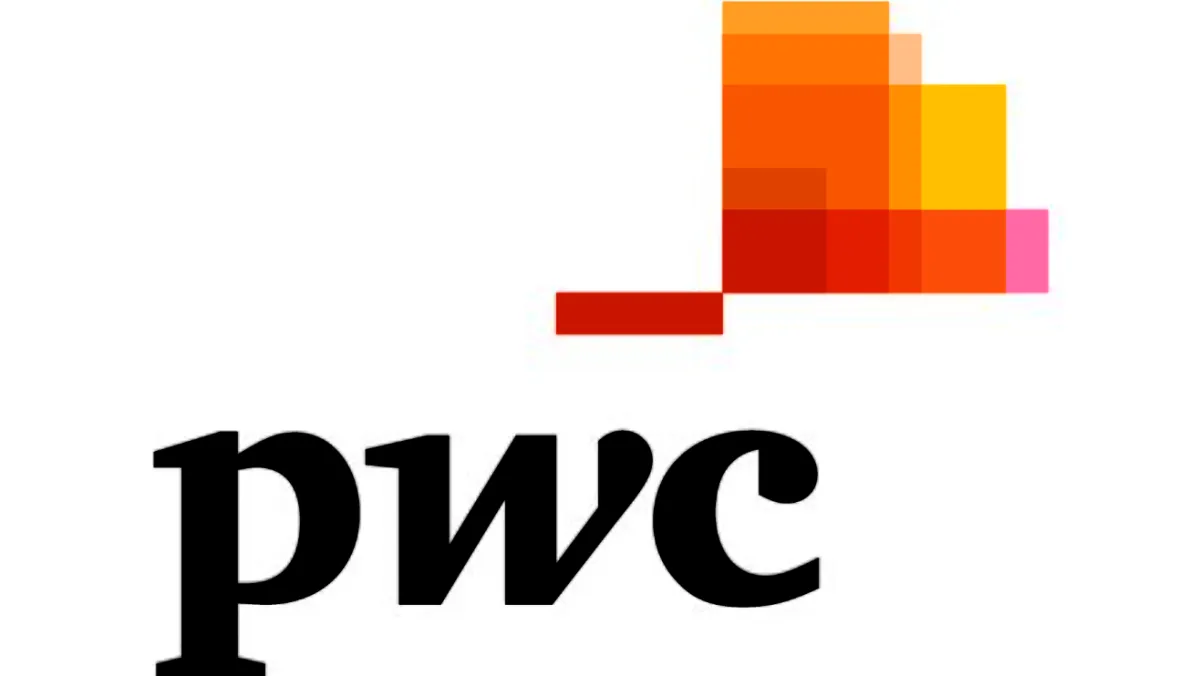
Minimum Revenue: $200,000,000
Global Coverage: Full
Team Structure: Multi-Team
Study Duration: 12-16 weeks
Documentation: Enterprise
Audit Support: Full Service
Integration: Full ERP
Pricing Model: Custom
Additional Services: Full Suite
Industry Teams: Global
Average Review Rate: 3.9 / 5
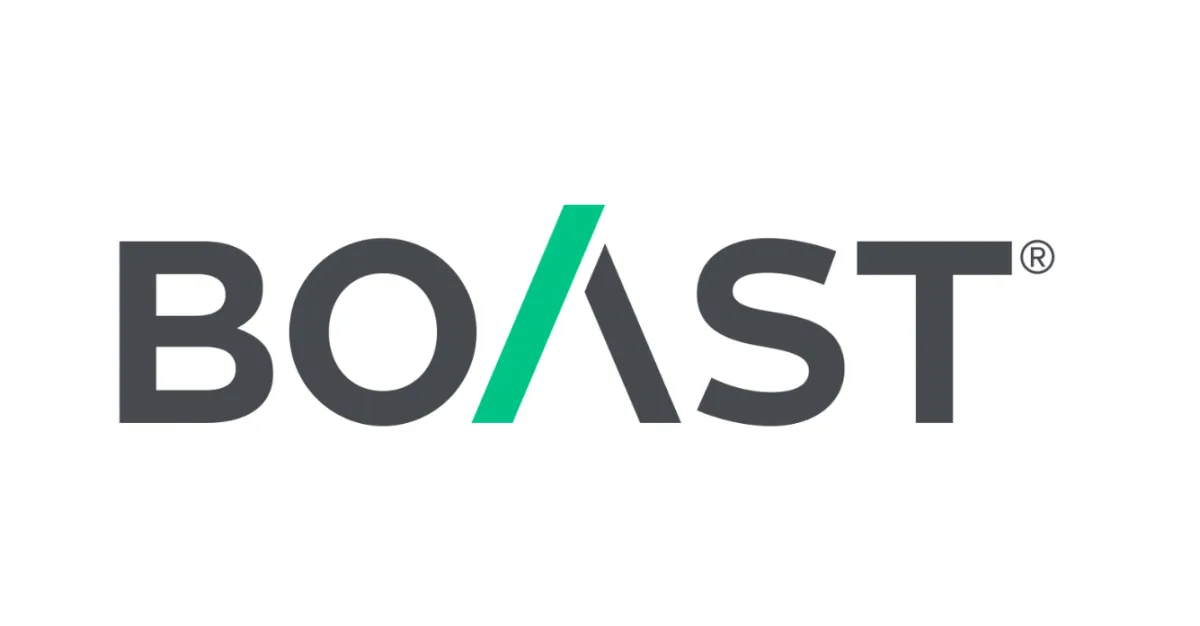
Minimum Revenue: None
Platform Type: Modern Web
Processing Time: 2-3 Weeks
Pricing Model: Percent of the edit
CPA Partnership: Yes
Audit Support: Additional Fee
Best For: Startups
Mobile Application: No
API Access: Yes
Average Review Rate: 4.3 / 5
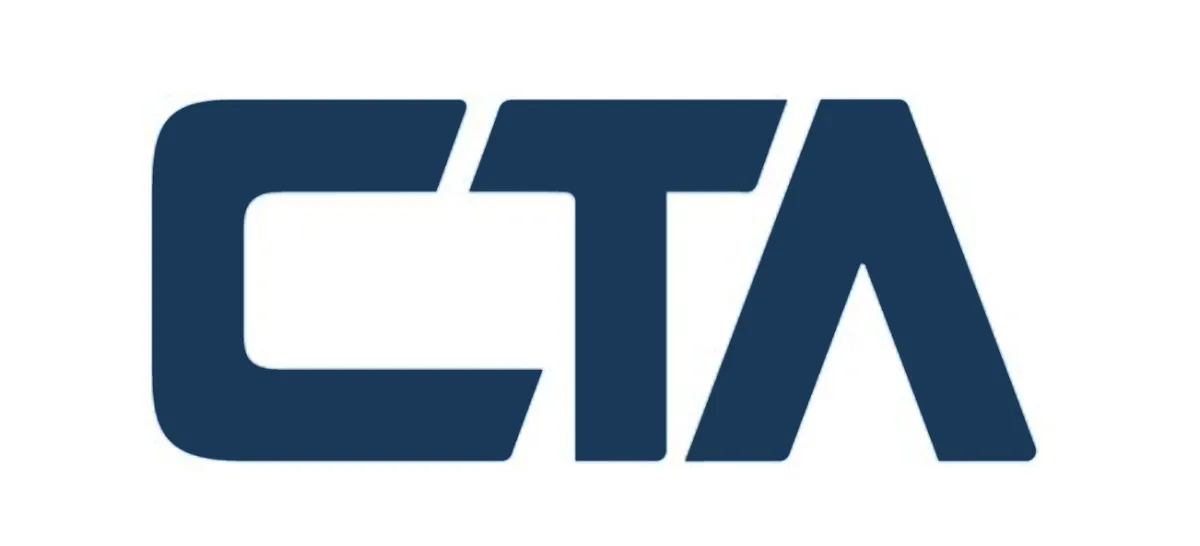
Minimum Revenue: $5,000,000
Platform Type: Full-Service
Average Study Time: 4-8 Weeks
Industry Focus: Diverse
Multi-State: Limited
Audit Defense: Additional Fee
Success Fee: Fixed + Percentage
Data Integration: No
Annual Updates: Additional Fee
Average Review Rate: A+
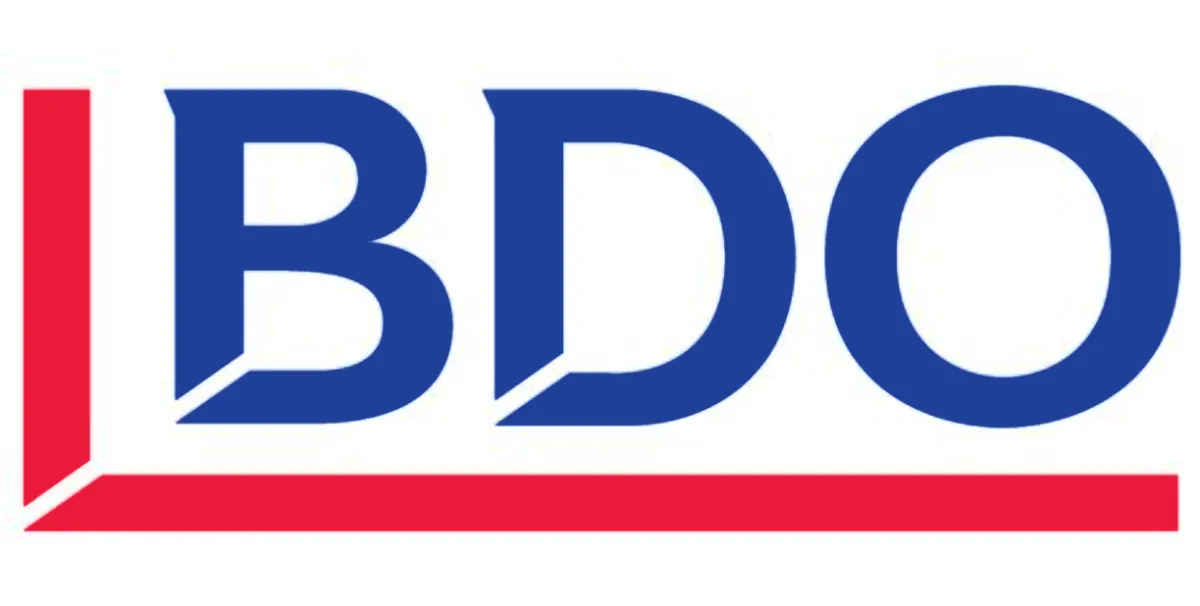
Minimum Revenue: $30,000,000
Service Type: Integrated
Team Size: 8-10
Study Timeline: 8-12 weeks
Documentation: Comprehensive
Multi-state: All States
International: Yes
Industry Teams: Yes
Pricing Model: Custom
Average Review Rate: 3.6 / 5

Minimum Revenue: $200,000,000
Global Coverage: Full
Team Structure: Multi-Team
Study Duration: 12-16 weeks
Documentation: Enterprise
Audit Support: Full Service
Integration: Full ERP
Pricing Model: Custom
Additional Services: Full Suite
Industry Teams: Global
Average Review Rate: 3.9 / 5
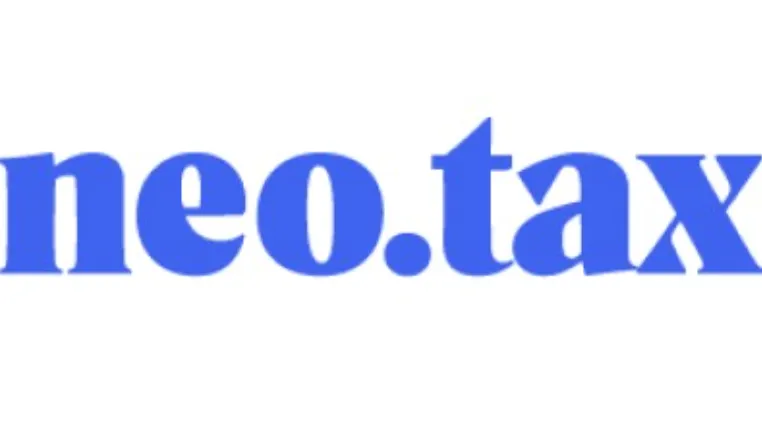
Minimum Revenue: None
Platform Type: Automated
Processing Time: 1 week
Pricing Model: Flat Rate
CPA Partnership: Yes
Audit Support: Basic Included
Best For: Early Stage
Mobile Application: No
API Access: Yes
Average Review Rate: 4.7 / 5
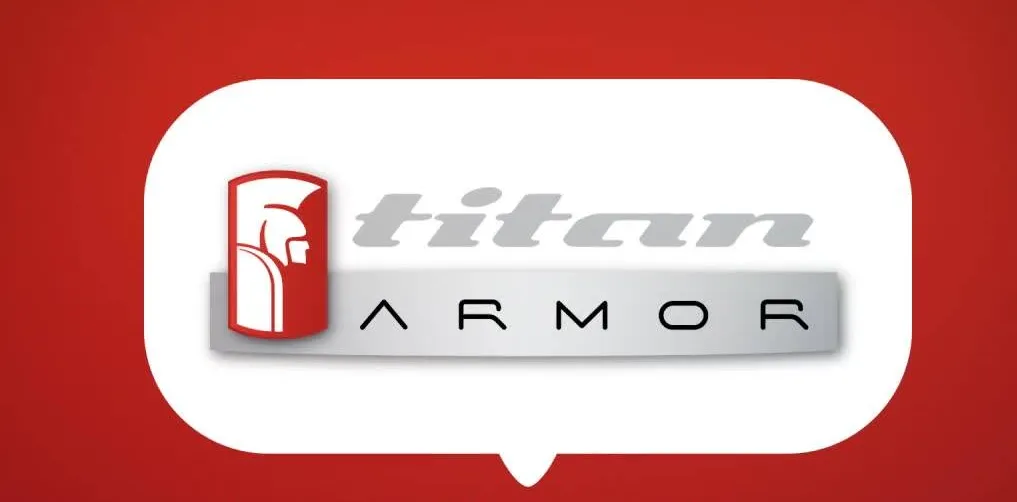
Minimum Revenue: $3,000,000
Platform Type: Tech-Enabled
Average Study Time: 3-4 Weeks
Industry Focus: Software/Tech
Multi-State: Yes
Audit Defense: Basic
Success Fee: Yes
Data Integration: Full
Annual Updates: Included
Average Review Rate: A+
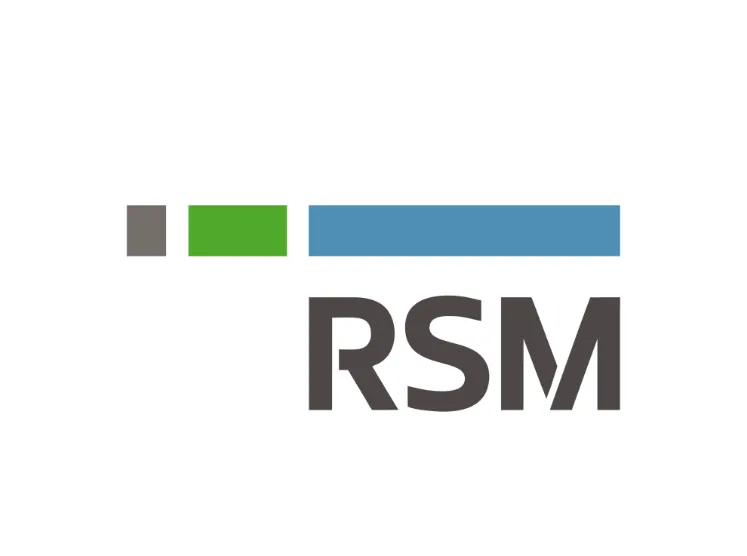
Minimum Revenue: $25,000,000
Service Type: Integrated
Team Size: 8-10
Study Timeline: 6-10 weeks
Documentation: Comprehensive
Multi-state: All States
International: Yes
Industry Teams: Yes
Pricing Model: Custom
Average Review Rate: 3.6 / 5
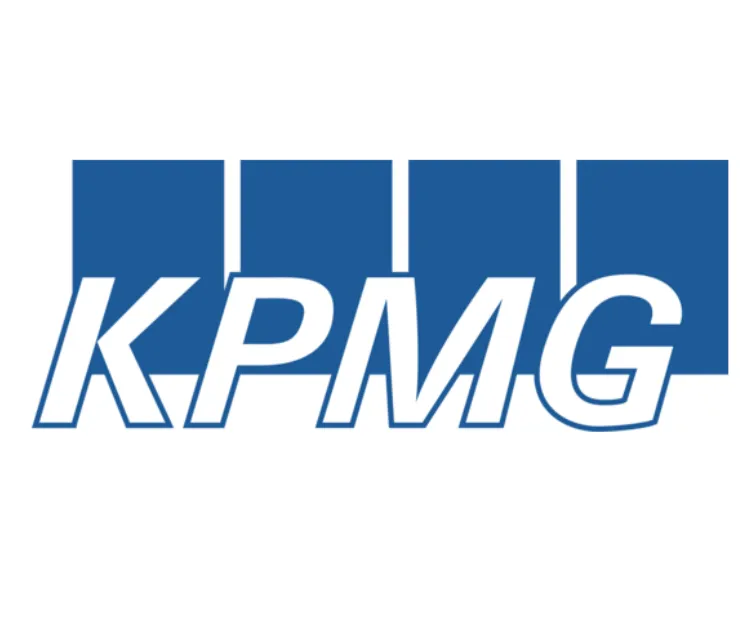
Minimum Revenue: $200,000,000
Global Coverage: Full
Team Structure: Multi-Team
Study Duration: 12-16 weeks
Documentation: Enterprise
Audit Support: Full Service
Integration: Full ERP
Pricing Model: Custom
Additional Services: Full Suite
Industry Teams: Global
Average Review Rate: 3.6 / 5
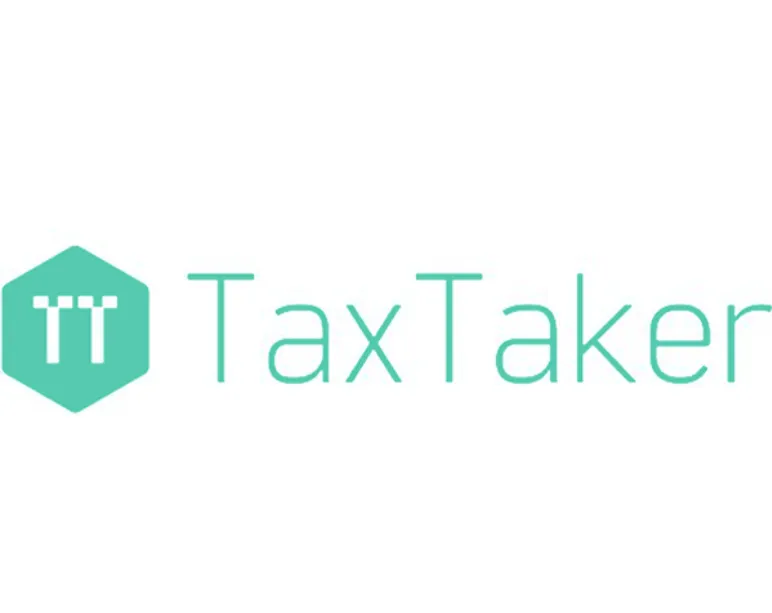
Minimum Revenue: $100,000
Platform Type: Web-Based
Processing Time: 2-4 Weeks
Pricing Model: Percentage of Credit
CPA Partnership: Limited
Audit Support: Additional Fee
Best For: Small MFG
Mobile Application: No
API Access: No
Average Review Rate: 4.7 / 5
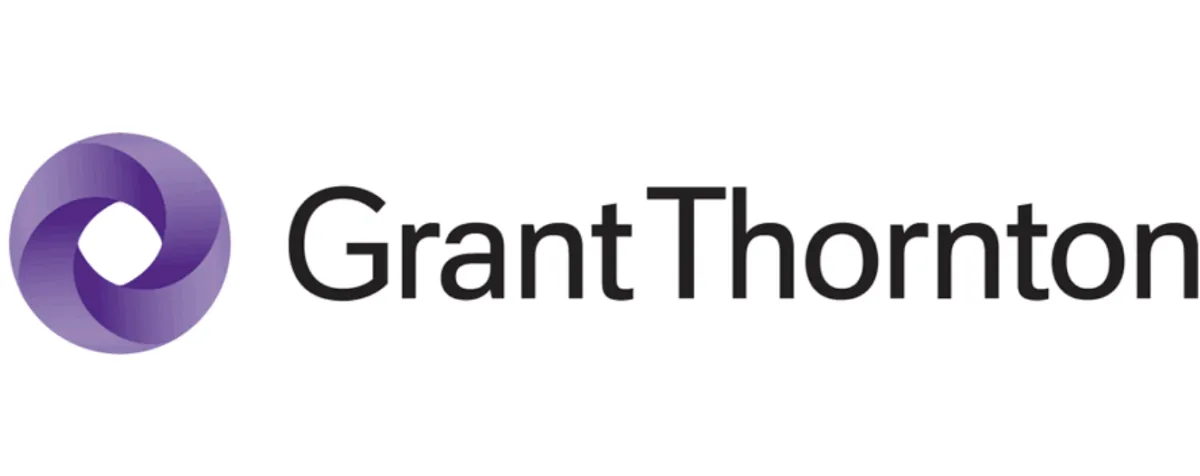
Minimum Revenue: $30,000,000
Service Type: Full Service
Team Size: 8-12
Study Timeline: 8-12 weeks
Documentation: Comprehensive
Multi-state: All States
International: Limited
Industry Teams: Yes
Pricing Model: Custom
Average Review Rate: 4.3 / 5
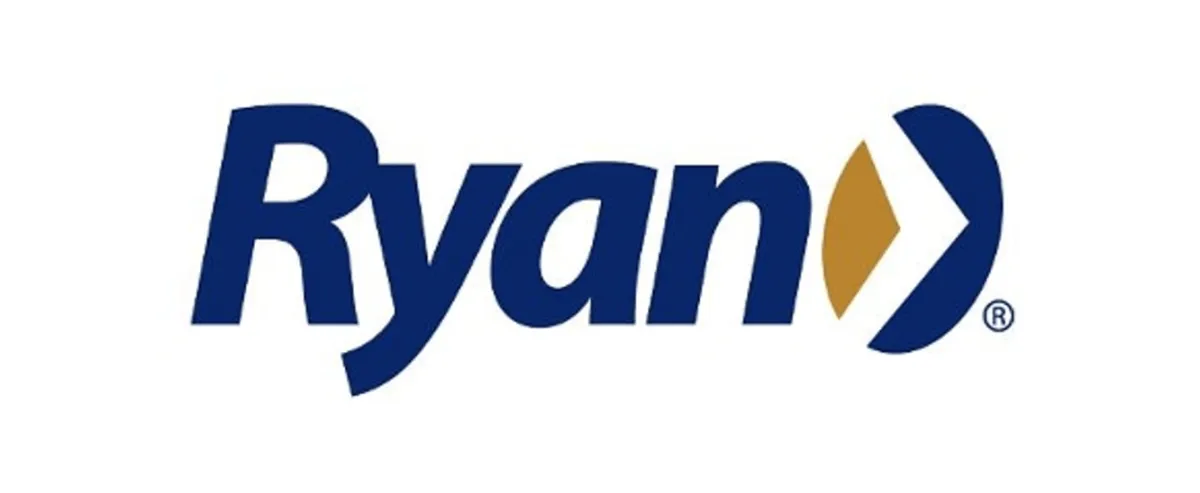
Minimum Revenue: $100,000,000
Global Coverage: Full
Team Structure: Multi-Team
Study Duration: 12-16 weeks
Documentation: Enterprise
Audit Support: Full Service
Integration: Full ERP
Pricing Model: Custom
Additional Services: Full Suite
Industry Teams: Global
Average Review Rate: 4.3 / 5
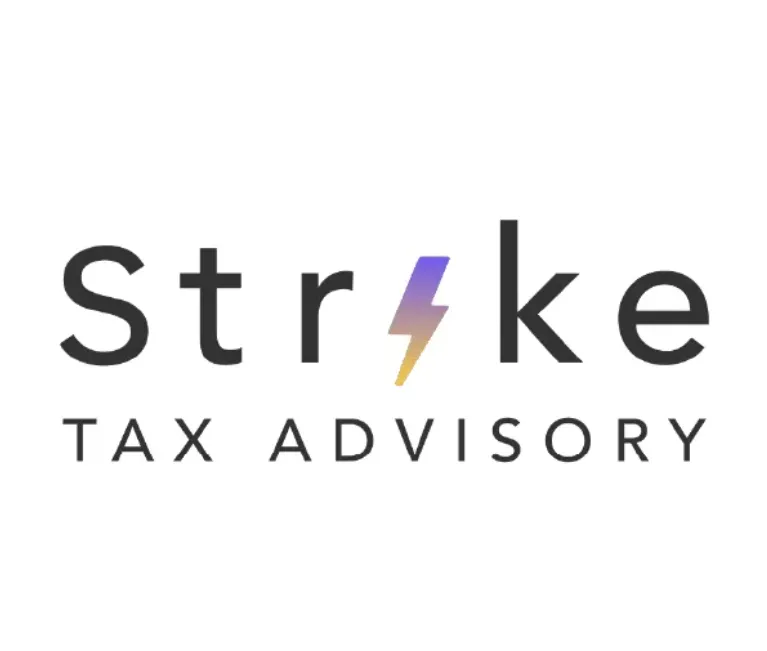
Minimum Revenue: None
Platform Type: AI-Powered
Processing Time: 1-2 Weeks
Pricing Model: Subscription
CPA Partnership: Yes
Audit Support: Included
Best For: Software Developing
Mobile Application: Yes
API Access: Yes
Average Review Rate: 4.4 / 5
FAQ
What is the R&D Tax Credit?
The R&D Tax Credit is a government incentive designed to encourage companies to invest in research and development. It allows eligible businesses to claim a credit against their federal tax liability for qualified R&D expenditures, effectively reducing the cost of innovation.
Who qualifies for the R&D Tax Credit?
Any business that conducts research aimed at developing new or improved products, processes, or software may qualify. The credit is available to companies of all sizes and across various industries, as long as they meet the IRS criteria for qualified research activities.
What expenses can be claimed?
Research and Development (R&D) tax credits reward businesses for investing in innovation by allowing them to offset eligible expenses. While specific qualifications may vary by country, the IRS (U.S.) and similar tax authorities worldwide generally define qualified research expenses (QREs) as costs related to developing new or improved products, processes, or technologies. To qualify, activities must meet the Four-Part Test, ensuring they involve technological uncertainty, a process of experimentation, and technological principles. Here’s a breakdown of the key R&D expenses that can be claimed:
1. Employee Wages & Salaries
Companies can claim a percentage of wages paid to employees who are directly involved in R&D activities. This includes:
Engineers, developers, and scientists conducting research.
Employees testing prototypes, writing software code, or designing new products.
Supervisors and managers overseeing technical research projects.
Employees documenting and analyzing R&D efforts.💡 Note: General administrative staff not involved in research do not qualify.
2. Contractor & Outsourced R&D Costs
If a company hires third-party consultants, engineers, or developers to perform qualified research, a portion of those expenses can be included.
Must be a U.S.-based contractor (for U.S. tax credit eligibility).The company claiming the credit must bear the financial risk of the project.
Typically, 65% of contract R&D expenses can be included.
3. Supplies & Materials Used in R&D
Any tangible materials consumed or used in the R&D process may be eligible, such as:
Prototype materials.
Testing supplies.
Chemicals and raw materials for experimentation.
Specialized components needed for development.
Excluded: General office supplies, furniture, and capital equipment like computers.
4. Cloud Computing & Software Development Costs
With the rise of AI and software innovation, many companies invest in cloud computing and software tools for R&D.
Eligible expenses may include:
Cloud storage and computing costs (AWS, Google Cloud, Azure) used for development.
Open-source software contributions.
Development and testing of new software or applications.
Note: Routine software maintenance does not qualify—only development for new or improved functionality.
5. R&D Testing & Prototyping Expenses
Companies often test prototypes or experimental designs before finalizing products. Eligible costs may include:
Beta testing expenses.
Developing experimental models.
Running lab tests or field trials.
Tip: Ensure proper documentation of test results to prove R&D eligibility.
6. Patent-Related Legal FeesCertain patent application and attorney fees related to research and development may be claimed. This includes:
Patent filing fees.
Legal costs for writing patent applications.
Costs associated with patent research.
How long does the R&D Tax Credit process take?
While timelines can vary based on the complexity of your projects and the thoroughness of your documentation, many clients start seeing results within a few months. Our streamlined process is designed to expedite claims while ensuring compliance and accuracy.
How do you ensure I get the maximum credit available?
We leverage years of experience and deep industry knowledge to meticulously analyze your R&D activities. Our experts work to identify every eligible expense and structure your claim to maximize your savings, all while adhering to IRS guidelines to mitigate audit risks.
If I get federal R&D Tax Credits can I also get state ones?
Yes! In most cases, if you qualify for the federal R&D tax credit, you may also be eligible for state-level R&D tax credits—but it depends on the state.
Over 30 states offer their own R&D tax credits, each with its own rules, rates, and qualification criteria.
Some states closely follow the federal definition of R&D expenses, making it easier to apply for both credits.
Others have different eligibility requirements or additional incentives, such as refundable or transferable credits.
Key Tip: Even if your company isn’t profitable, some states allow R&D credits to be carried forward or applied against payroll taxes.
Since state tax laws vary, it’s best to check your state’s specific R&D credit program or consult a tax professional to maximize your benefits.
Can startups claim R&D Tax Credits even if they have no taxable income?
Yes! Startups and small businesses can apply up to $500,000 per year of R&D tax credits against payroll taxes—even if they have no profits. This helps reduce employment tax liability and improve cash flow.
What documentation is required to support an R&D Tax Credit claim?
Companies need to provide detailed records of their R&D activities, including:
Employee time tracking for R&D work
Project descriptions showing innovation
Testing and experiment documentation
Financial records of qualifying expenses (wages, supplies, contractor costs)
How far back can I claim R&D Tax Credits for past expenses?
In most cases, you can amend tax returns and claim R&D tax credits for the past 3 years. Some states allow even longer lookback periods. Unused credits can often be carried forward for up to 20 years to offset future taxes.
Do R&D Tax Credits increase the risk of an IRS audit?
Not necessarily. While the IRS does scrutinize improper or overly aggressive claims, businesses that properly document their R&D activities and expenses have nothing to worry about. The key is clear, detailed records—including employee time tracking, project descriptions, and financial documentation—to substantiate the claim. Working with a reputable R&D tax credit provider can also help ensure compliance and reduce audit risks.
How Research & Development (R&D)
Tax Credits Process Work
Initial Assessment
Normally an entrepreneur begins by reviewing R&D activities to identify potential eligible expenses. And by doing so, ensure nothing is overlooked.
Documentation & Analysis
After initial assessment is completed turning complex data into a clear, compelling claim. A detailed analysis ensures you’re set up for maximum savings.
Claim Preparation & Submission
Normally seasoned tax professionals prepare the R&D claims with the appropriate regulatory bodies.
Ongoing Support & Audit Defense
Beyond submission, normally they offer continuous, ongoing support. Whether you need additional documentation or face an IRS audit, typically they stand by your side in the event of regulatory body questions or audit.
Don't worry, it is a relatively painless process!
Why R&D Tax Credits? EASY.
Increase Cash Flow:
Free up valuable resources to reinvest in your business and fuel further innovation.
Reduce Tax Liability:
Free up valuable resources to reinvest in your business and fuel further innovation.
Expertise in the Marketplace:
You become an expert in the marketplace due to your innovative stance.
Keep People Working:
While reducing costs, entrepreneurs may be able to hire more people to keep them gainfully employed.
Help Humanity:
The better the innovation for the human race, the better humanity actually is.
What Our Clients Are Saying
Success Stories
TaxCreditIntel.com made our firm research easy. We secured a substantial tax credit that has enabled us to reinvest in our technology.

Samantha Cooper
CFO
InnovativeTech, LA
Working with TaxCreditIntel.com was a game-changer. Their content helped us to navigate the complexities of R&D tax credits.

Laura Smith
CEO
Future Solutions, CO
Want to Innovate?
Well, get the government to pay for it!
While many entrepreneurs are using AI (ChatGPT, Claude, Deepseek) to innovate,
many entrepreneurs are leaving money on the table.
Answer a few simple questions to determine your qualification and unlock potential savings. Completing the eligibility quiz, you may be opening the door to money from the government.
